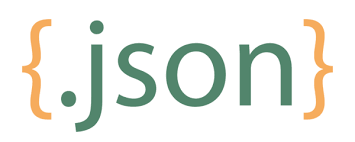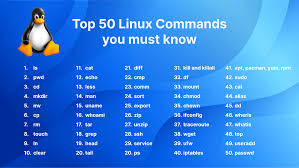JSON 是一种用于存储和交换数据的语法。JSON 是文本,使用 JavaScript 对象表示法编写。
Python 中的 JSON
Python 有一个内置的 json 包,可用于处理 JSON 数据。
示例:导入 json 模块:
import json
解析 JSON - 从 JSON 转换为 Python
如果您有一个 JSON 字符串,可以使用 json.loads() 方法来解析它。结果将是一个 Python 字典。
示例:从 JSON 转换为 Python:
import json
# 一些 JSON:
x = '{ "name":"John", "age":30, "city":"New York"}'
# 解析 x:
y = json.loads(x)
# 结果是一个 Python 字典:
print(y["age"])
从 Python 转换为 JSON
如果您有一个 Python 对象,可以使用 json.dumps() 方法将其转换为 JSON 字符串。
示例:从 Python 转换为 JSON:
import json
# 一个 Python 对象(字典):
x = {
"name": "John",
"age": 30,
"city": "New York"
}
# 转换为 JSON:
y = json.dumps(x)
# 结果是一个 JSON 字符串:
print(y)
您可以将以下类型的 Python 对象转换为 JSON 字符串:
-
dict(字典)
-
list(列表)
-
tuple(元组)
-
string(字符串)
-
int(整数)
-
float(浮点数)
-
True(真)
-
False(假)
-
None(空)
示例:将 Python 对象转换为 JSON 字符串,并打印值:
import json
print(json.dumps({"name": "John", "age": 30}))
print(json.dumps(["apple", "bananas"]))
print(json.dumps(("apple", "bananas")))
print(json.dumps("hello"))
print(json.dumps(42))
print(json.dumps(31.76))
print(json.dumps(True))
print(json.dumps(False))
print(json.dumps(None))
当您从 Python 转换为 JSON 时,Python 对象将被转换为 JSON(JavaScript)等效对象:
Python JSON
dict 对象(Object)
list 数组(Array)
tuple 数组(Array)
str 字符串(String)
int 数字(Number)
float 数字(Number)
True true
False false
None null
示例:将包含所有合法数据类型的 Python 对象转换为 JSON 字符串:
import json
x = {
"name": "John",
"age": 30,
"married": True,
"divorced": False,
"children": ("Ann","Billy"),
"pets": None,
"cars": [
{"model": "BMW 230", "mpg": 27.5},
{"model": "Ford Edge", "mpg": 24.1}
]
}
print(json.dumps(x))
格式化结果,上面的示例打印了一个 JSON 字符串,但它不太容易阅读,没有缩进和换行。json.dumps() 方法具有参数,以使结果更易阅读:
示例:使用 indent 参数来定义缩进的数量:
json.dumps(x, indent=4)
您还可以定义分隔符,默认值为 (", ", ": "),这意味着使用逗号和空格来分隔每个对象,使用冒号和空格来分隔键和值:
示例:使用 separators 参数来更改默认分隔符:
json.dumps(x, indent=4, separators=(". ", " = "))
对结果进行排序,json.dumps() 方法具有参数,可以对结果中的键进行排序:
示例:使用 sort_keys 参数来指定结果是否应按键排序:
json.dumps(x, indent=4, sort_keys=True)
 51工具盒子
51工具盒子




